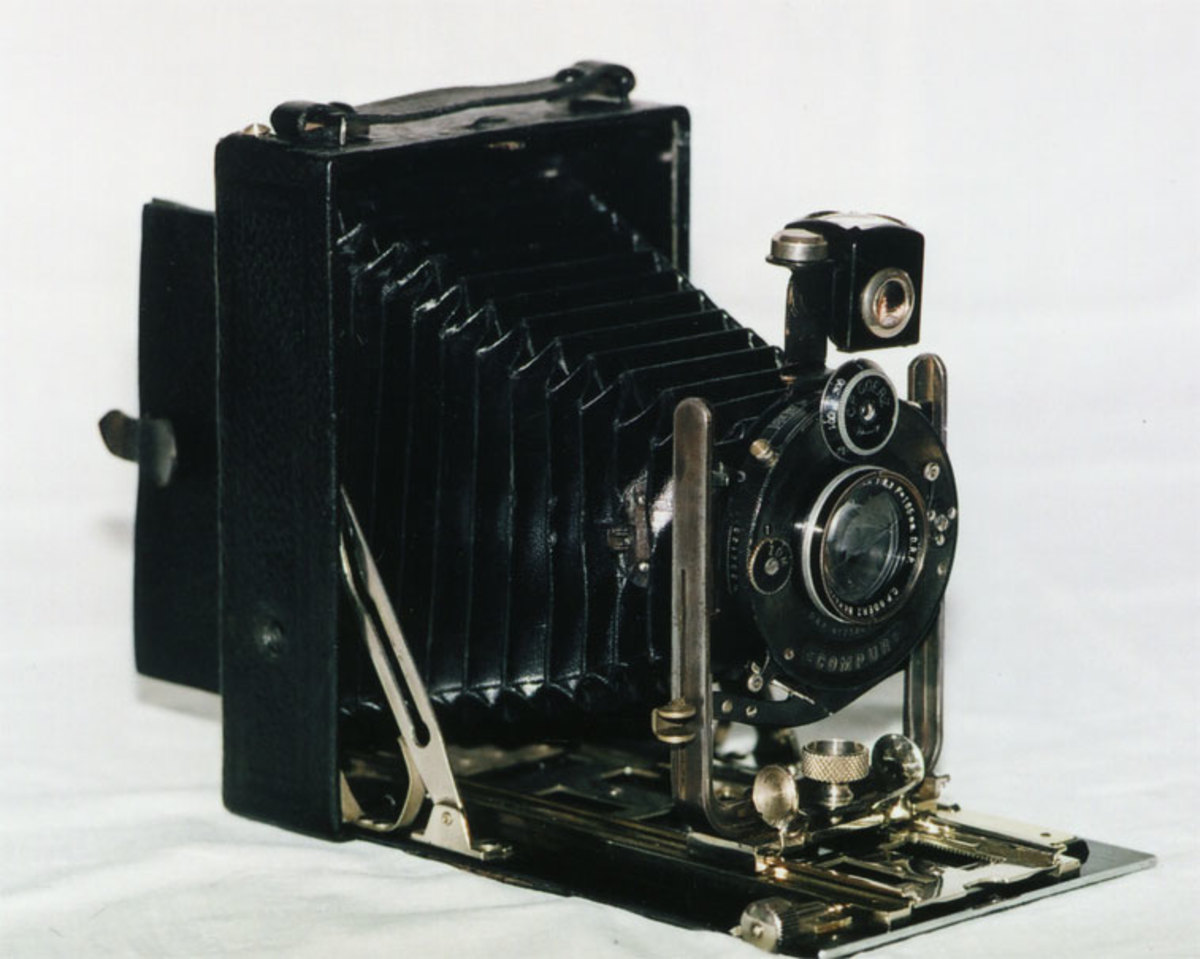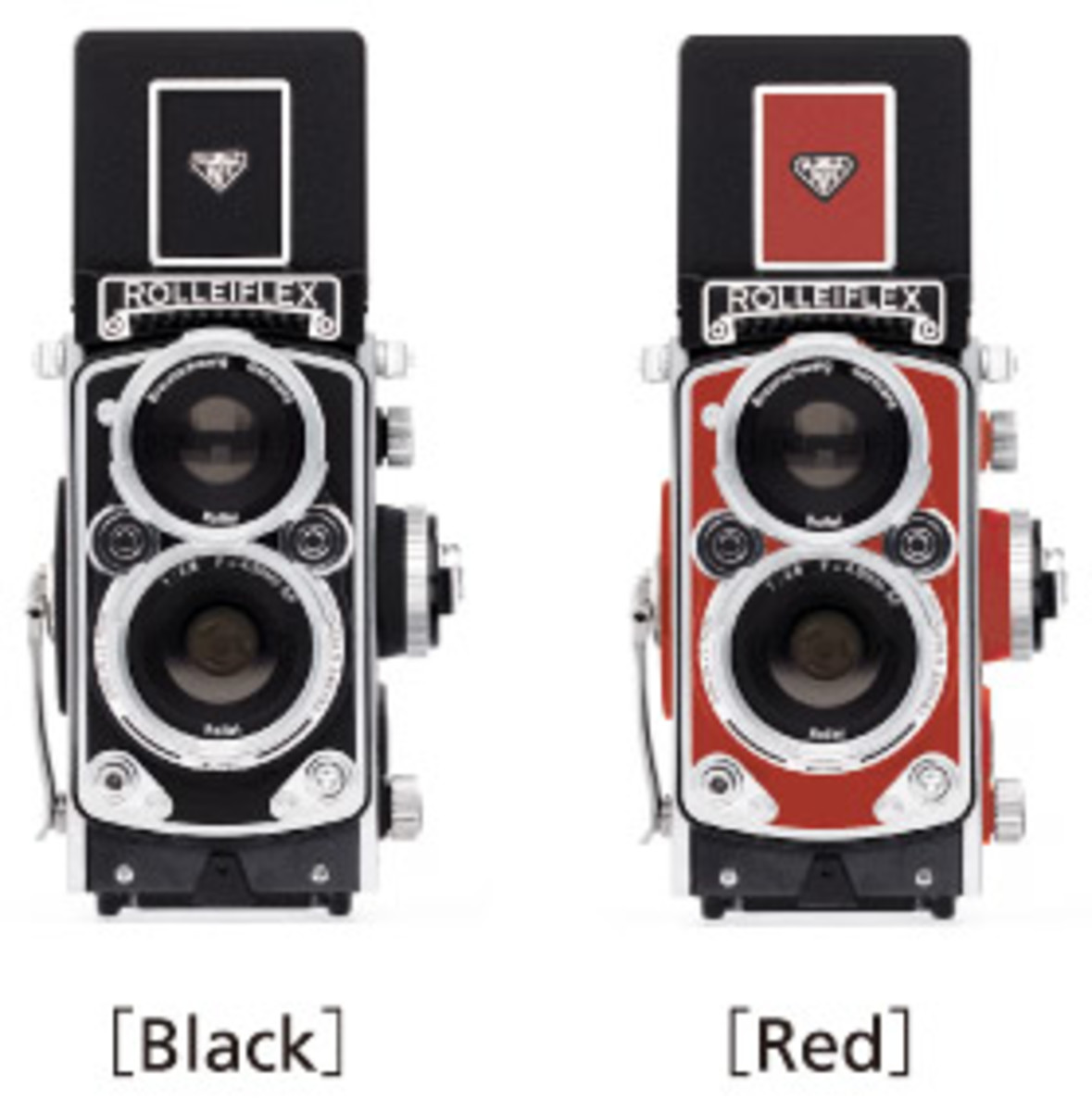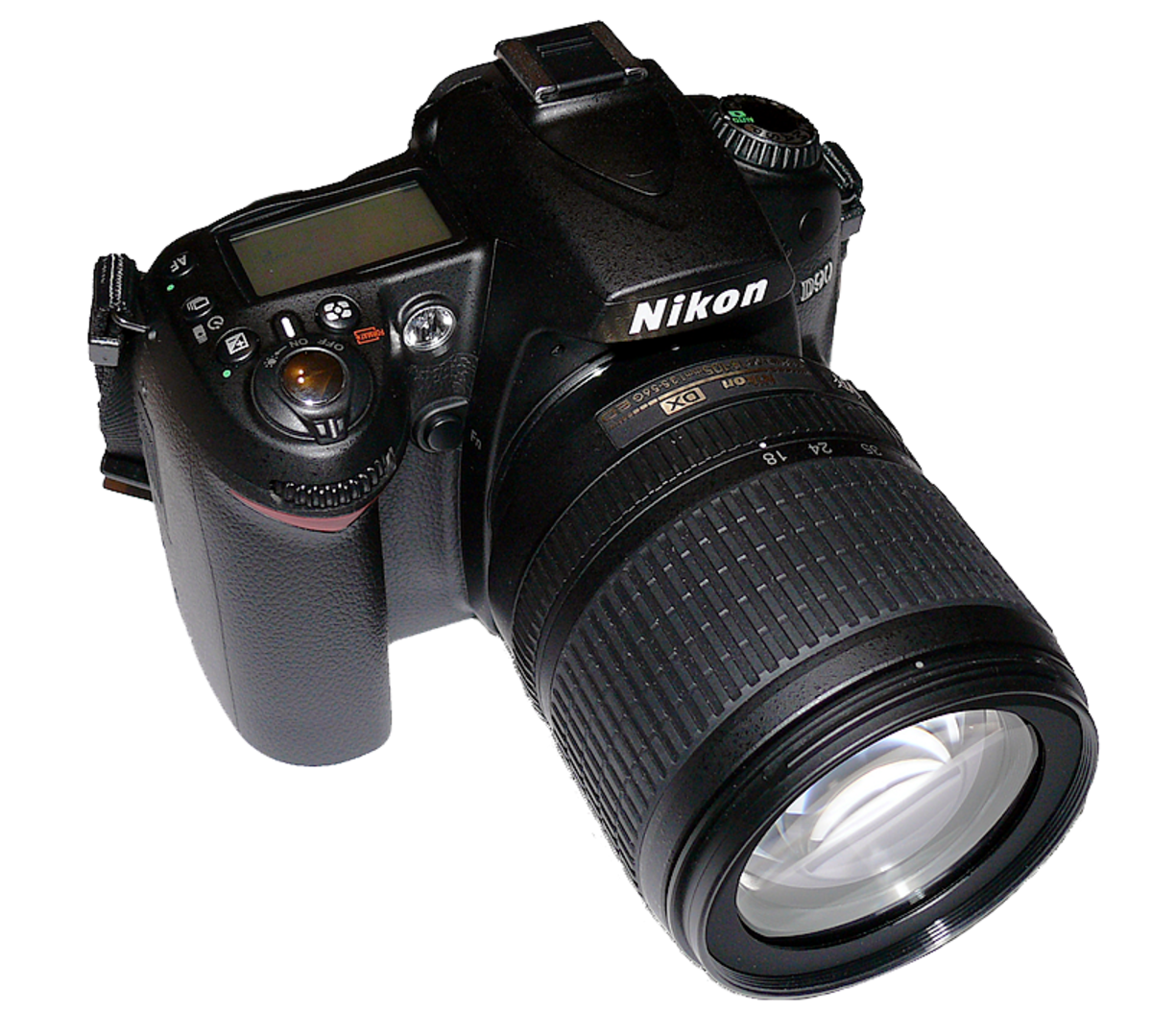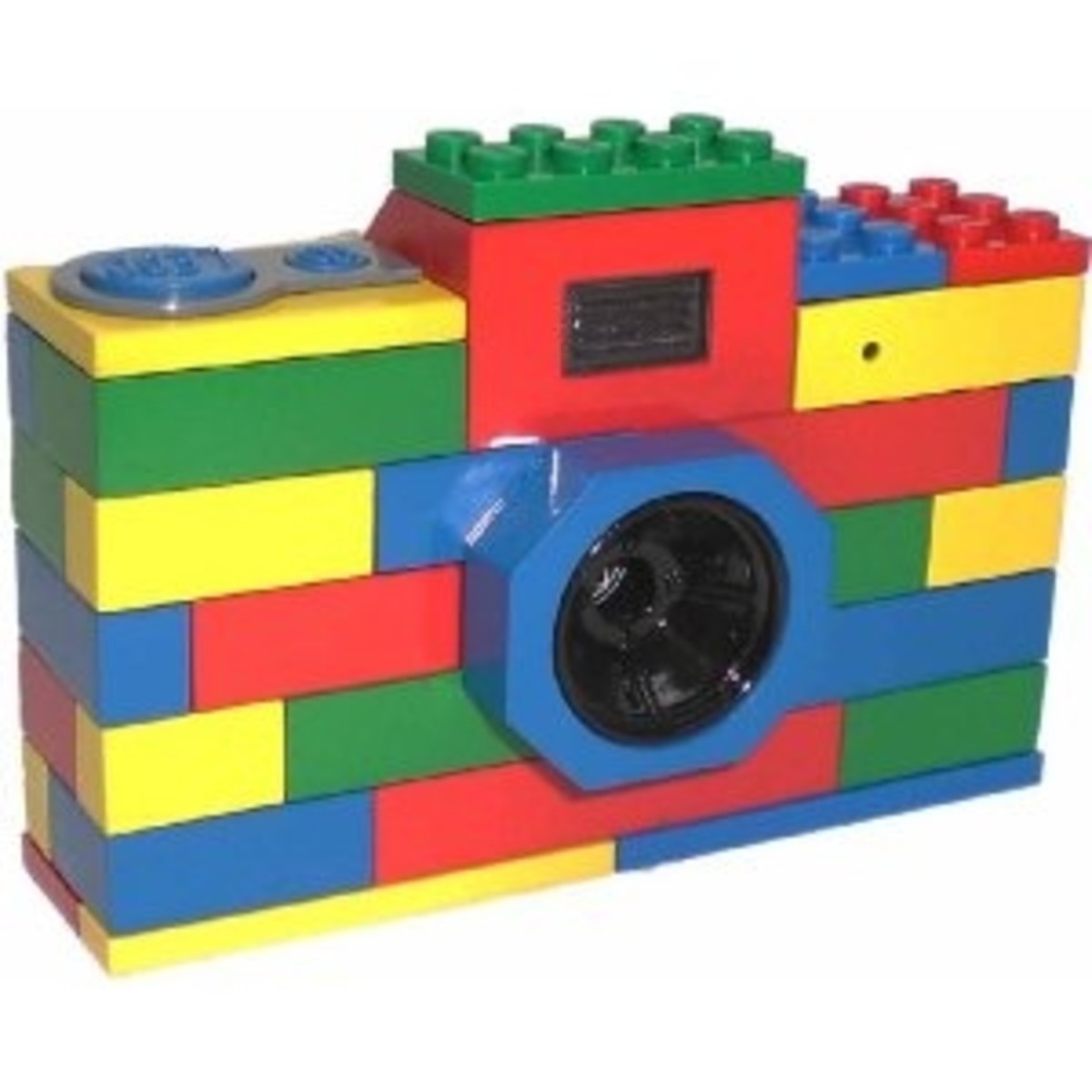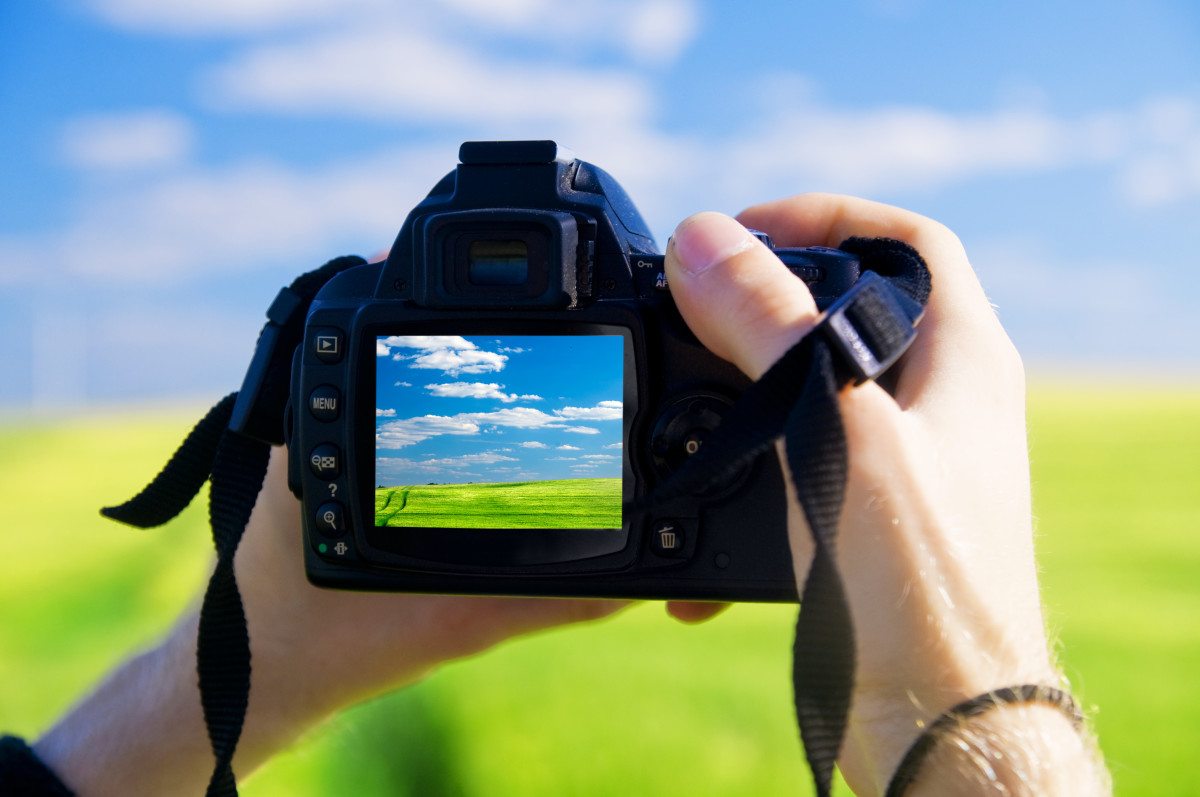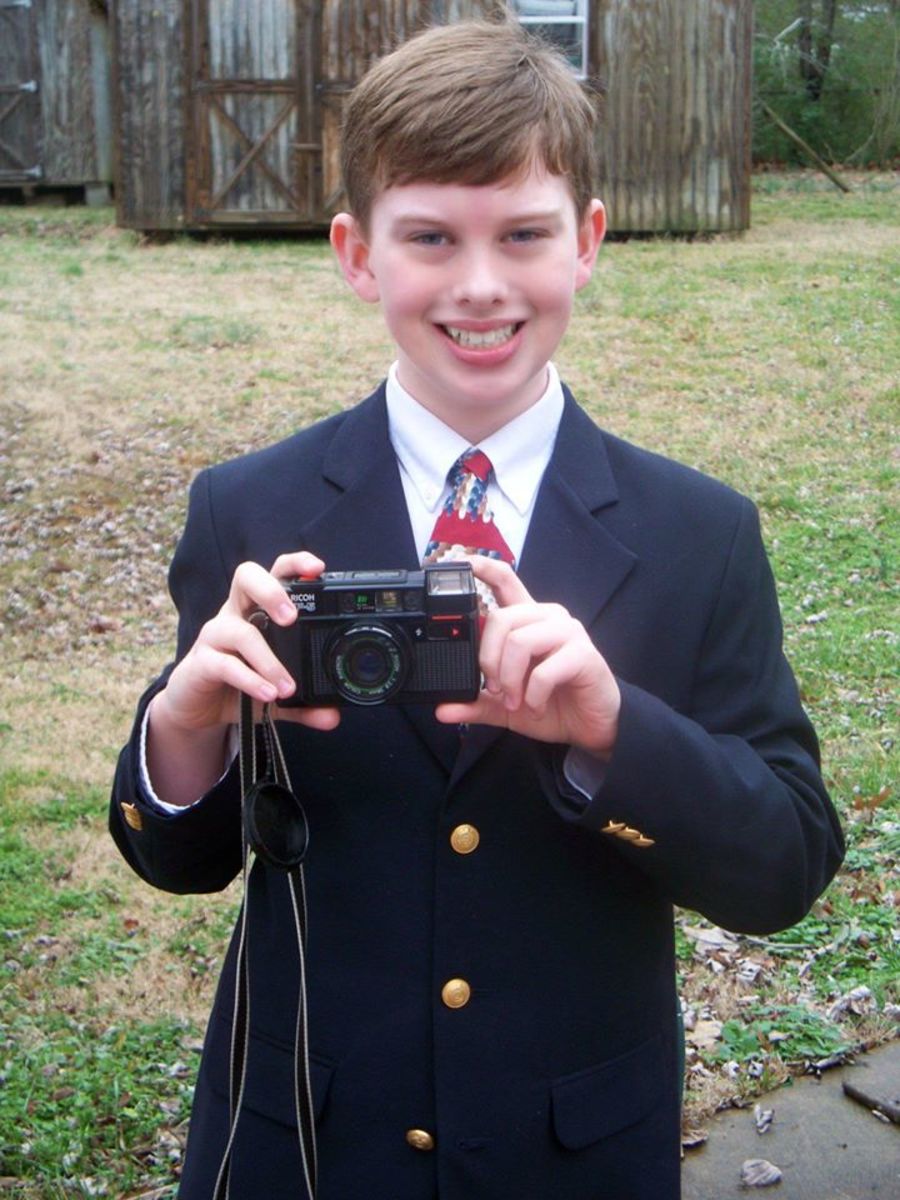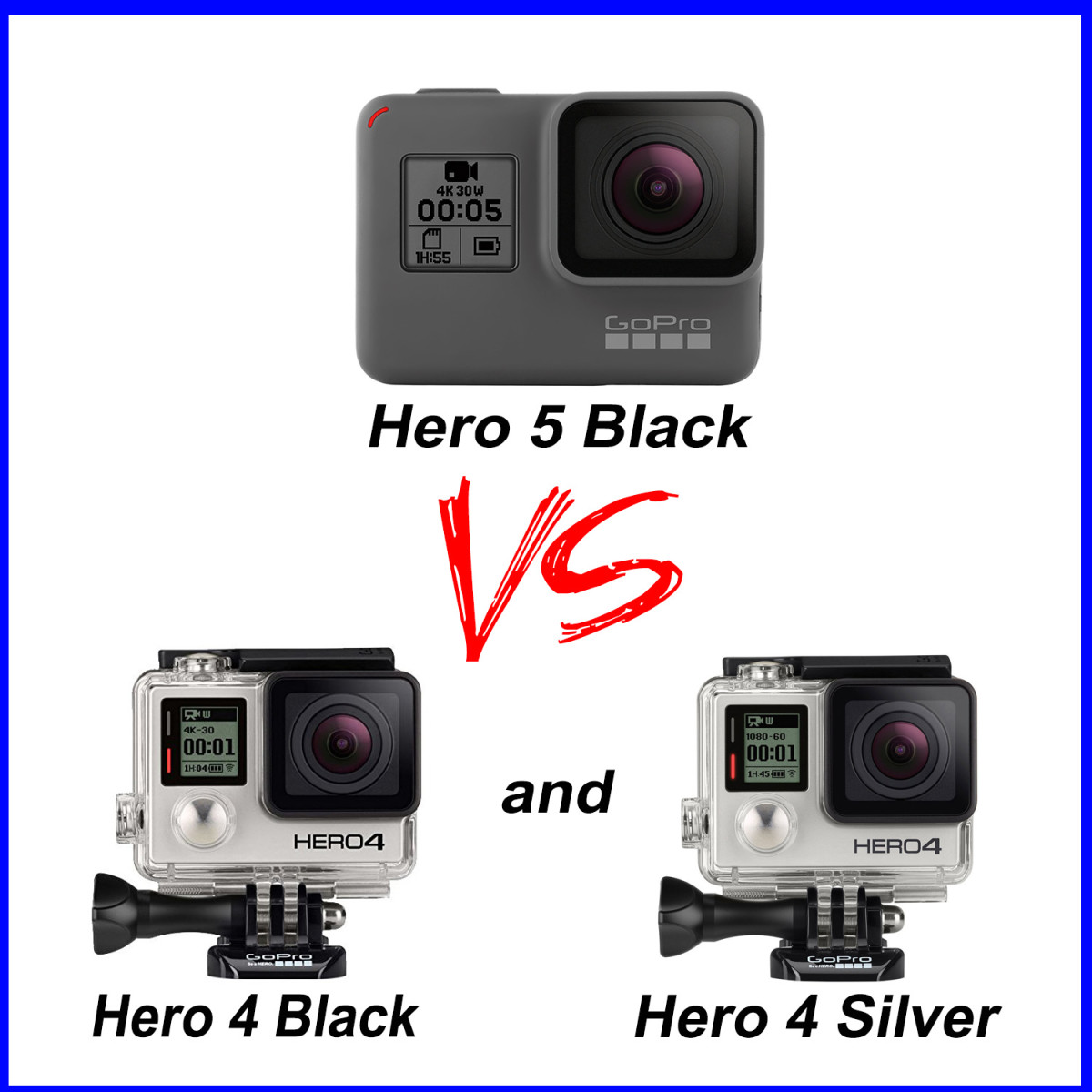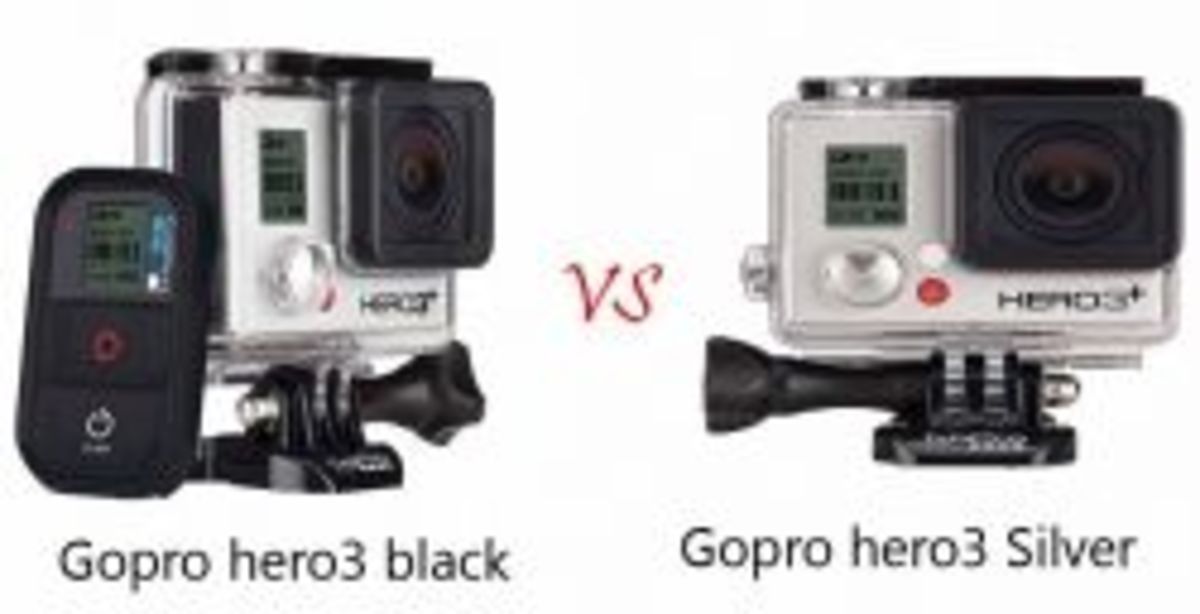- HubPages»
- Technology»
- Consumer Electronics & Personal Gadgets»
- Portable Electronics
Mavica Camera Review
Mavica Images
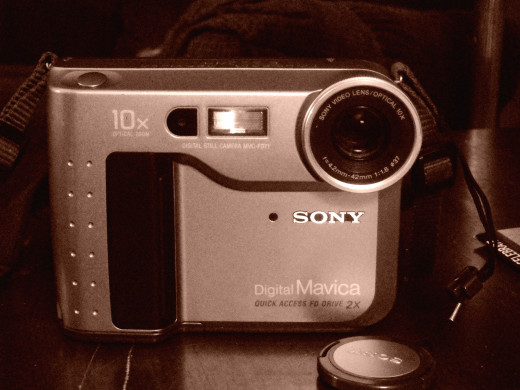
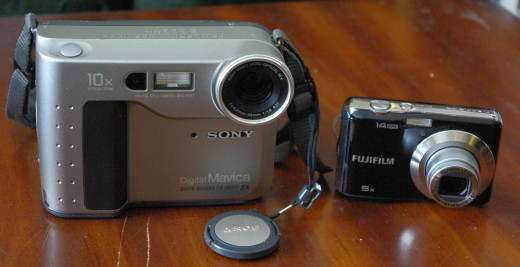
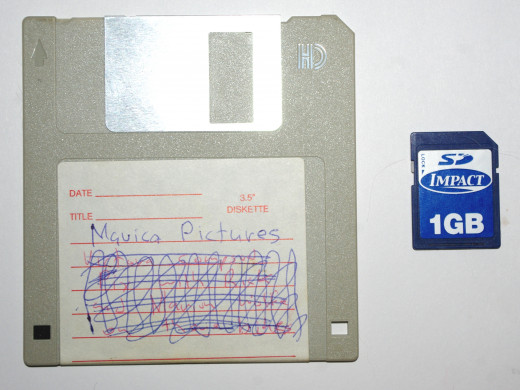




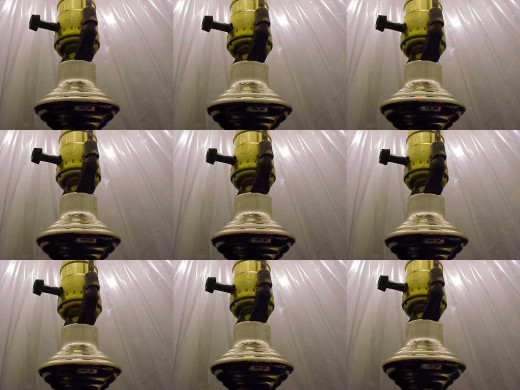
The Sony Mavica, a Blast from the Past
By Steve Robson
It is hard to believe that just in a span of 20 years; the digital imaging has come a long way in a short amount of time. 20 years ago, film still ruled to photography world. Digital photography was on the map but in a limited number of places. Although the first consumer digital camera came out in 1981 by Sony, it was not until the mid 1990s that the cameras into the hands of the mainstream consumer. They were still expensive when compared to the lower cost film based 35mm SLR designs but it was a sign of things to come. I will be looking at the design of the MVC-FD71 that was out in the year 1998. I will look at what features have been improved on and the design elements that have stood the test of time.
By 1998 the camera market had changed. The 35mm SLR was still being bought but not in the same numbers as in the past. The advanced point and shoot 35mm cameras had grown as the number of features increased into that design base. In this sense, the market was open to new ideas. Sony has had a long reputation in the field of 8mm video camcorders. They used this experience develop there early Mavica digital cameras and later refined models. The MVC-FD71 was the fourth model to use the 3.5 inch floppy disk. The camera was designed around the floppy disk so the camera design is far bulkier then the newer models on the market today. For many people, this design was used early into the 2000s before some changed over newer camera design types.
I bought mine used off E-Bay for $20.00 in 2009. It was 10 years old. I needed to buy the battery and charger to get it up and running. It uses a NP-F330 rechargeable battery as its main power source. I bought an UL530L replacement battery to be used in my Mavica. This came with a recharging base. It was bought at “The Source” store in Canada. Since a floppy disk is used to store the images, no special programs are needed retrieve the pictures on to the computer’s hard drive. I had extras floating around so it was ready to be used in this camera. All one has to do is create a file folder for each download as needed. Since newer computer’s lack a floppy drive, I bought a USB based add-on floppy drive to allow the camera to be used on the computer I use now.
The camera has a good range of features considering its age. It has a programmed exposure mode allowing some control over exposures. It has a very limited range of light it can be used in. Part of this limitation can be traced back to its shutter speed range. It is limited to a range of 1/60th to 1/4000th of a second. The camera uses a fixed ISO setting equal to about 100 ISO and his helps explain the low light photography limits. You can over-ride the light meters setting by either plus or minus 1.5 stops. There are light conditions can challenge this camera but a little work in a photo program can help these problem images look better. It can use either auto or manual focusing.
The camera has a number of different settings to create different image quality levels. At the highest setting (Fine) it reduces the number of images to 20 pictures. For users of modern digital cameras, this could represent a major drawback but I think of it as plus since you have o think and shoot. In this regard, it is a lot like shooting film. You can lower the setting to standard to get 45 pictures on the disk. When the camera was introduced in 1998, the standard type of internet connection was dial-up so the size of pictures files being sent had to be small. The camera has a setting for e-mail sized images. It reduces the 320 by 240 pixels. Given what we have to use for internet speed today, this mode is rendered as extinct. One can change the default setting of jpg to bitmap images. An interesting mode that can be used is called a “multi” setting. Nine images are placed onto a simple picture frame. Depending on to type of subject picked you cam crate some interesting graphic design images. It works well of sports photography where action can be placed on to a single easy to view manner.
The menu set-up is very simple and basic by today’s standards but it is very easy to go through and get the camera going the way you need it to be running. The menu mode that comes up depends on the cameras mode set-up. In camera mode, the following set-up modes come up, rec mode (fine, standard)/ quality/ flash level (low, normal, high)/ file number (normal, series), disk tool, beep (off, on), and clock set. In playback mode, you have protect (off, on), copy, delete, disk tool, beep, and clock set.
As I stated earlier, the camera is on the large size. Although it is boxy, it is easy to hold due to a well thought out hand grip design. Since the main body of the camera is plastic, it is lighter than one would think. It has a solid feel to it. The Mavica uses a 10x optical zoom lens. Since there is no view finder on the camera body, one has to hold the camera out at arm’s length to see the LCD viewing screen. At the longer focal lengths, it is hard to keep the camera steady. With a SLR type camera design (either film or digital based) you hold that style of camera close to your body and this adds a lot of support to keeping the camera steady with any lens type. Longer telephoto type lenses get even greater help from this support. What the design lacks is a form of image stabilizing system that is now found on newer digital cameras.
Unlike newer LCD screen designs, it needs a light to brighten up the screen. Without this light being put on, one cannot see the projected image. In low light conditions, the screen goes black making pictures taking difficult at times.
Since there is no manual mode, the camera uses a set of preprogrammed modes allow the user to set-up the camera for various scenes. The presets include soft focus, sports mode, beach and ski, sunset and moon, landscape, and pan focus. This allows small changes suitable to each match the subject selected. I have not used these myself but it is great to see them put into place. This feature is still in place on newer digital cameras. This feature was started to be used in the late 1990’s on film cameras.
The Mavica has built-in camera special effects. When used, it can help create interesting looks. The effects include neg. art, sepia, B&W, and solarise. Depending on the subject it can add to the look of a picture. This is something that was found on earlier video cameras as well. Just use a bit of caution when using this feature as it can wear thin after repeated use.
Although the camera is dated in some regards, I find it very easy to get used to. I never had the manual to figure out controls but I worked through it ok. I like the look of the low res pictures. It is a nice change from cameras with higher megapixel counts. The 4.2mm to 42mm (40mm to 400mm in 35mm format) glass zoom lens creates sharp images considering the 640 by 480 sized images. If you are looking for one as well, try looking on E-Bay. They have plenty of them listed there. Since it is a used camera, make sure that it is still working. Check the following items to make sure you get a good working model. It would be nice to have the battery come with the camera but it may not. Given the age of the camera, a new battery may be needed since older batteries lose their ability to recharge a while. See what return policies are in place in case it does not work. In many cases they are sold “as is”. Once a working battery is bought, check out the following items. Make sure that the LCD screen is working. It is your only viewing point! It also brings up the cameras main menu. See that floppy drive is working. Unlike newer digital cameras that use SD cards, the Mavica uses the floppy disks to store the images. This type of drive uses moving parts that can wear out over time. If the camera model being looked at has a zoom lens, make sure that it is in good working order. The camera I have uses a secondary Sony CR2025 lithium battery that retains the cameras memory for date and time. Chances are it will be dead and will need to be replaced. Duracell DL-2025 lithium is suitable replacement battery type. If this is not replaced, when main battery loses it charge, the cameras time and date will have reset all the time.
If you are looking at trying out some of the older digital models, give the Mavica a try. It is very well built machine. It like the grainy image quality it produces. In order to make use of this camera with newer computers, as stated before, you will need USB type floppy drive that can be attached the computer to allow picture down loading. The camera manual can be downloaded via PDF file format to get the best out of any model you are interested in getting. It will provide an interesting camera to experiment with. It makes for great blast from the past!
Camera Specs
Date introduced- 1998
Lens type- 4.2mm to 42mm (40mm to 400mm in 35mm format) 10X Zoom Sony Video optics
Image Size- .4 pixels

